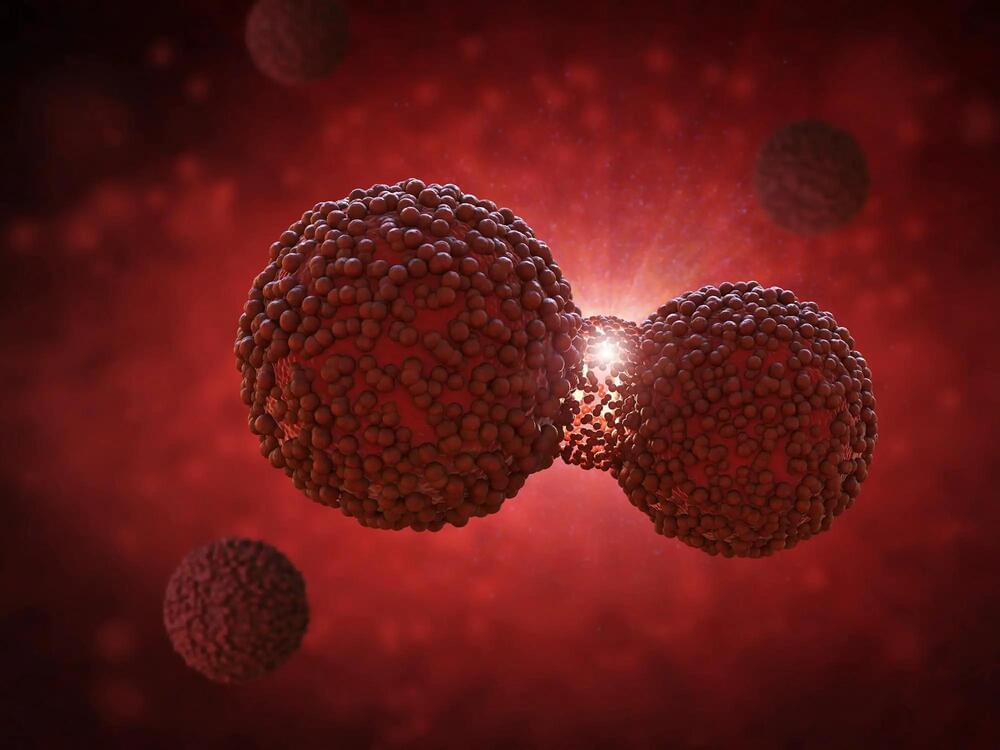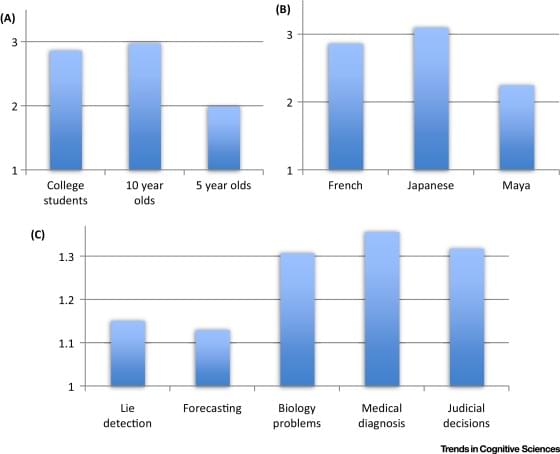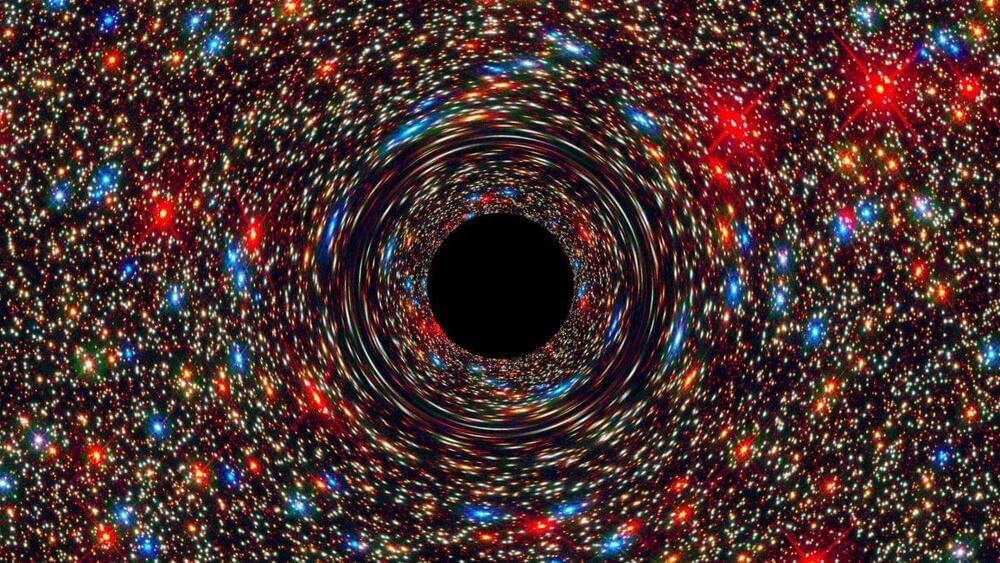Metastasis occurs when cancer cells break free from a primary tumor and spread throughout the body, requiring them to sever connections with neighboring cells and migrate to other tissues. Signaling molecules released by the cancer cells drive both processes and thereby increase the malignancy of tumors.
A team of researchers led by Professor Robert Grosse and Dr. Carsten Schwan from the University of Freiburg discovered that the release of prometastatic factors, which drive the malignancy of tumors, is influenced by the cells’ skeleton. The findings were published in the journal Advanced Science.



 Watch this next video about the Future of Artificial Intelligence (2030 — 10,000 A.D.+):
Watch this next video about the Future of Artificial Intelligence (2030 — 10,000 A.D.+): 




